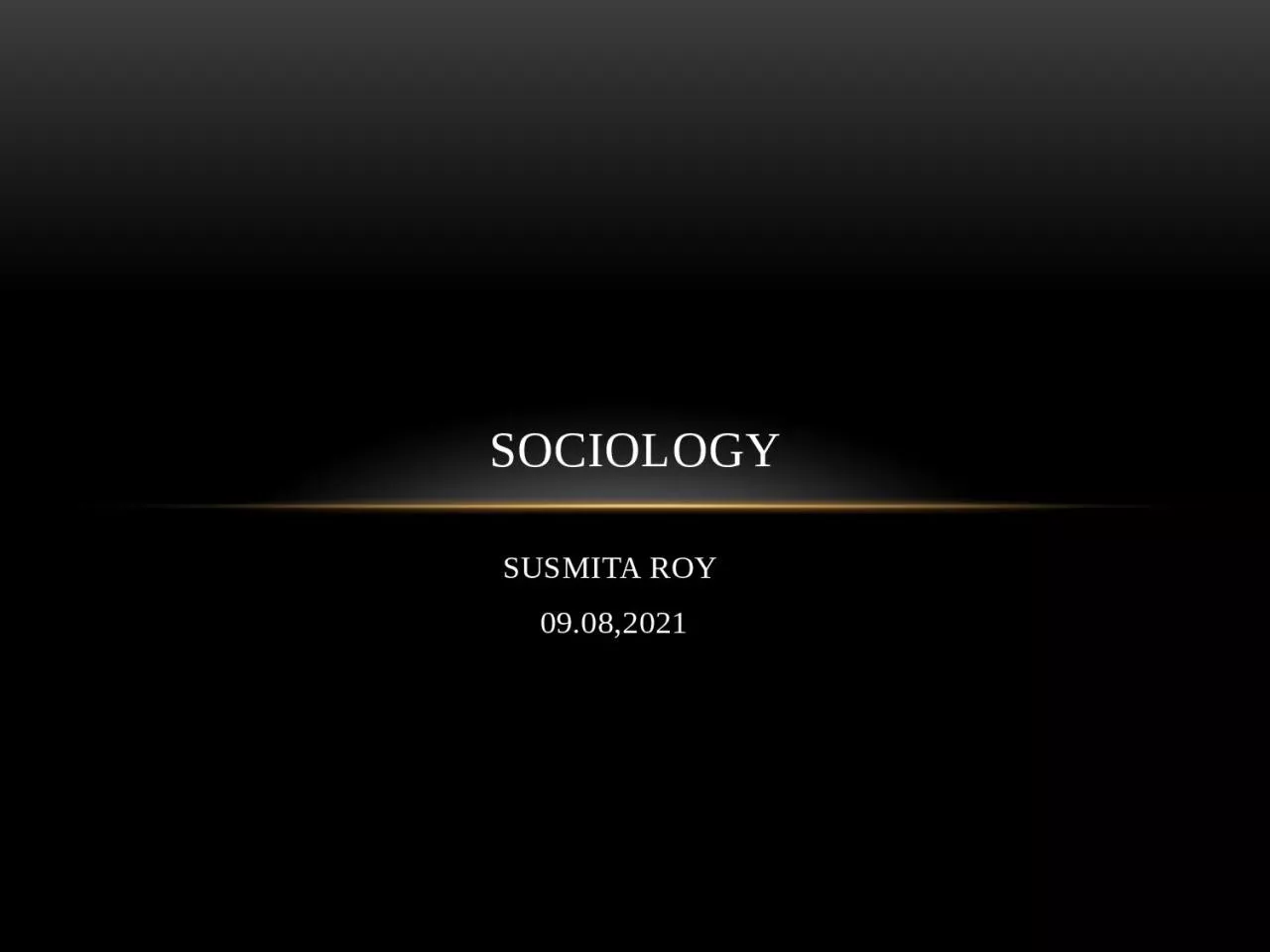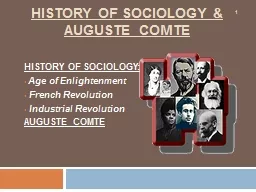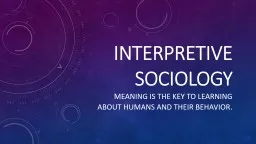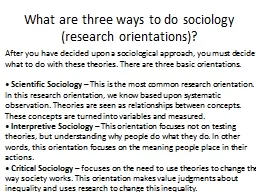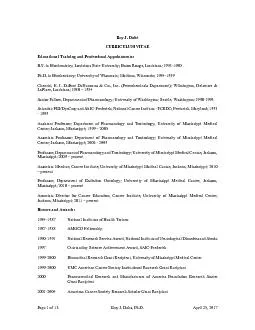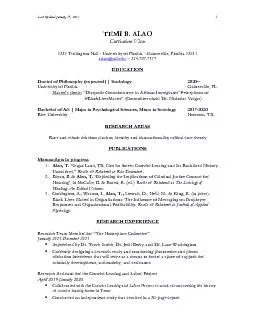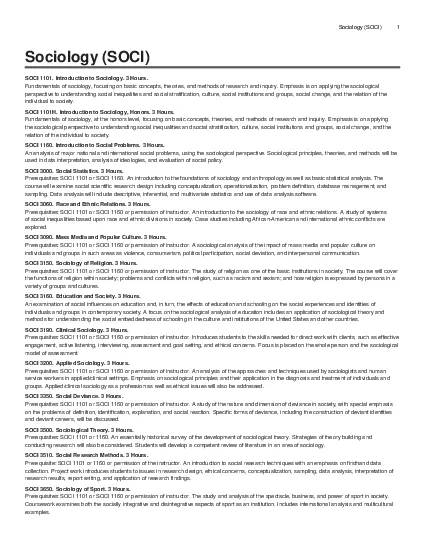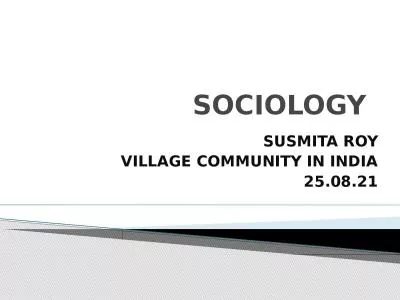PPT-SUSMITA ROY 09.08,2021 SOCIOLOGY
Author : GymRat | Published Date : 2022-08-03
Sociologist Louis Wirth defined a minority group as a group of people who because of their physical or cultural characteristics are singled out from the others in
Presentation Embed Code
Download Presentation
Download Presentation The PPT/PDF document "SUSMITA ROY 09.08,2021 SOCIOLOGY" is the property of its rightful owner. Permission is granted to download and print the materials on this website for personal, non-commercial use only, and to display it on your personal computer provided you do not modify the materials and that you retain all copyright notices contained in the materials. By downloading content from our website, you accept the terms of this agreement.
SUSMITA ROY 09.08,2021 SOCIOLOGY: Transcript
Download Rules Of Document
"SUSMITA ROY 09.08,2021 SOCIOLOGY"The content belongs to its owner. You may download and print it for personal use, without modification, and keep all copyright notices. By downloading, you agree to these terms.
Related Documents

